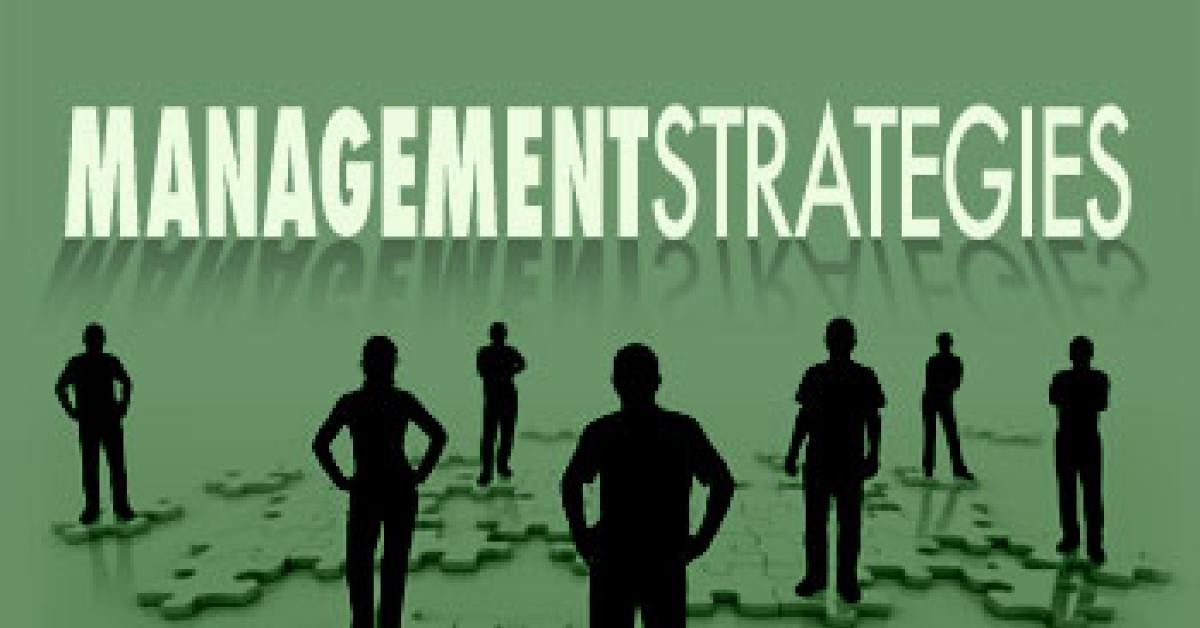SAN FRANCISCO — Do you despair when you see public figures giving speeches in plaid flannel or when you see wedding guests wearing khakis? Does the “no-press” dress shirt at Brooks Brothers make you despondent? Does the local executive in the polo shirt send you into bouts of depression?
Stop fighting the casual lifestyle and embrace it instead. Does it really matter to you if you work on traditional wardrobes or on less formal garments? Either way, the consumer wants to look appealing. Their definition of the word “appealing” may have changed, but you can easily meet their requests for the care level they desire.
IT’S AN INVESTMENT
In many instances, casual wear is as much of an investment as more traditional wear, and it takes a professional to care for that investment.
Consider all the variations on denim and the care the hems and trims require; the vibrant colors that need professional care to stay bright; the luxurious cashmere sweaters that are worn instead of shirts and ties; that many golf shirts are more valuable and valued than the dress shirts they replace; that you can charge more for processing polos than for processing dress shirts; and the increased number of accessories needed to complement a greater variety of clothing provides you the opportunity to clean the handbags, shoes, hats and other items that accent the casual looks.
The variety of casual garments required is frequently greater than the number needed in an environment where a business suit is the standard “uniform,” so there are more items that need your care.
You can help address these needs and possibly become an even more valued adviser and service provider.
VALUE OF ‘APPROPRIATE’ IMAGE
“Appropriate attire” covers a wide spectrum. What is appropriate in a high-tech work environment may be different than what is appropriate in a financial services firm. Even within a given business, such as a bank, the specific position held might dictate differences between what is appropriate. The bosses have different expectations for a bank teller than for a private banker, but the lines in between can be blurred.
Often the consumer is nervous about “appropriately” conforming to the more casual dress code and therefore needs more guidance than she does with the easier choice of traditional business attire.
Consider sharing the following information with your customers and prospects.
Stephanie Armour writes in USA Today (Your appearance, good or bad, can affect size of your paycheck, July 20, 2005), “A growing body of research supports what many suspect: In the workplace, an employee’s physical appearance is a powerful symbol that affects job success. … Looking good on the job is an intangible asset that can be important, just as sharp technology skills or the ability to be a team player can give certain workers an edge.”
Emily Jasper at Forbes.com (Scanty Fashion Not Just Inappropriate for School, Sept. 1, 2010) offers apparel advice for the aspiring associate: “Your boss and other leaders have probably done the homework for you. They know where to shop, and they also set the bar for what’s acceptable.”
Wendy Braswell at ehowstyle.com offers videos to help overcome the uncertainty of how to dress appropriately for various events and in a range of situations. Many companies hire consultants to teach their employees how to dress appropriately. You could be a resource for individuals as well as companies that are disappointed in the way their associates dress.
Check back Thursday for the conclusion!
Have a question or comment? E-mail our editor Dave Davis at [email protected].

